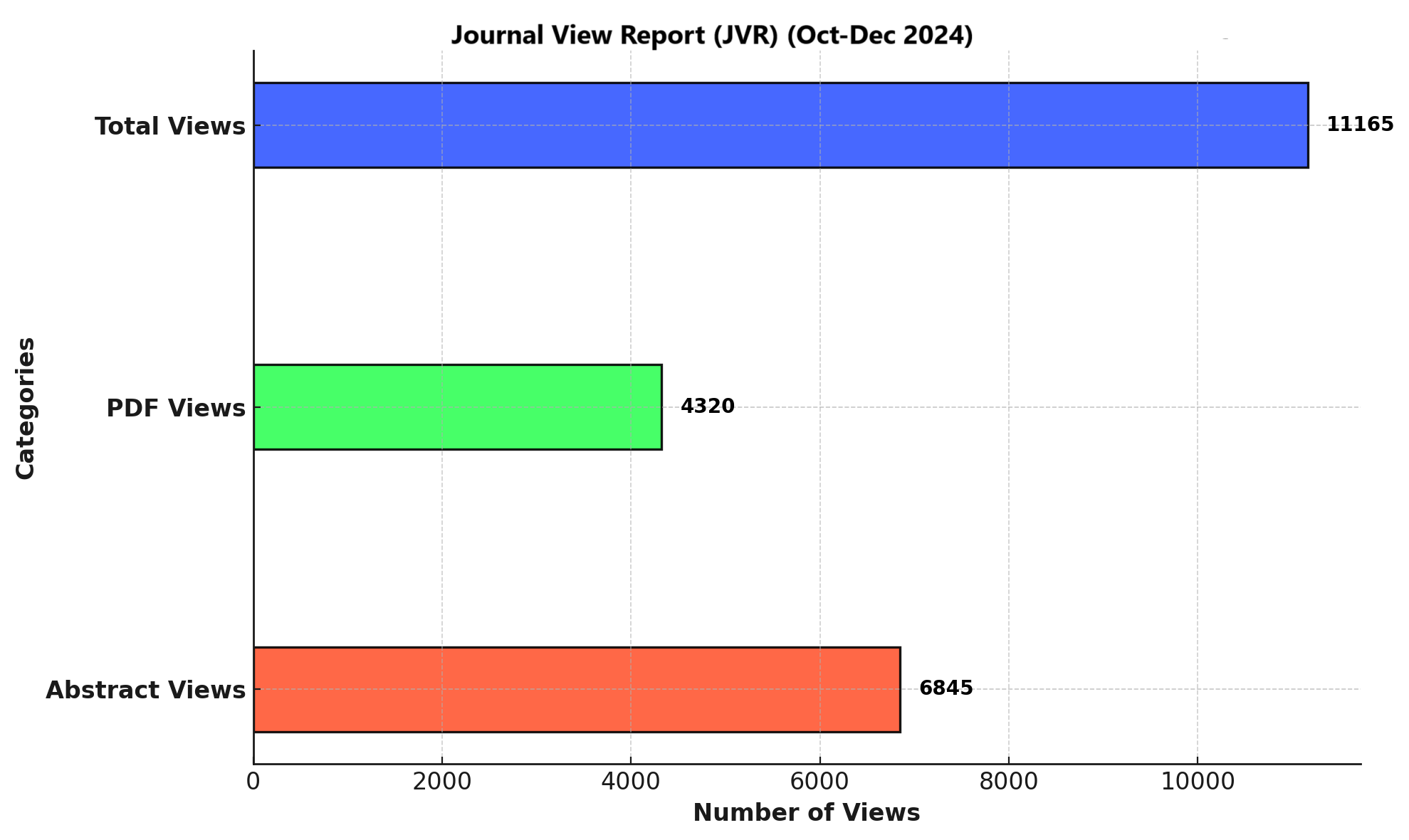EVALUATION OF LIVER FUNCTION TESTS AS BIOMARKERS IN PUBLIC HEALTH MANAGEMENT OF CHRONIC HEPATITIS B PATIENTS
DOI:
https://doi.org/10.71000/s91qps47Keywords:
Alanine Aminotransferase, Aspartate Aminotransferase, Biomarkers, Chronic Hepatitis B, Disease Progression, Fibrosis Markers, Liver Function TestsAbstract
Background: Chronic Hepatitis B (CHB) remains a major global health burden, contributing to significant morbidity and mortality, particularly in regions with limited access to advanced diagnostic tools. Liver function tests (LFTs), including alanine aminotransferase (ALT), aspartate aminotransferase (AST), alkaline phosphatase (ALP), albumin, and total bilirubin, are essential for assessing liver health. Identifying their role in predicting disease progression and guiding treatment strategies is crucial for optimizing CHB management in public health settings.
Objective: This study aimed to evaluate the utility of LFTs and fibrosis markers as biomarkers for disease monitoring, progression prediction, and treatment decision-making in CHB patients.
Methods: A prospective cohort study was conducted at the Pakistan Institute of Medical Sciences, Islamabad, from January 2022 to December 2023. A total of 208 CHB patients (HBsAg positive for ≥6 months) were enrolled. LFTs, including ALT, AST, ALP, albumin, and total bilirubin, were assessed at baseline and every three months over 24 months. Fibrosis indices (AST-to-Platelet Ratio Index [APRI] and Fibrosis-4 [FIB-4] score) were calculated using standard formulas. Statistical analysis included multivariate logistic regression, Pearson correlation, t-tests, and chi-square tests to evaluate associations between LFTs, fibrosis markers, and disease progression.
Results: The mean age of participants was 45.6 ± 11.2 years, with 57.69% males and 42.31% females. ALT increased from 81.3 ± 35.5 U/L at baseline to 95.1 ± 44.6 U/L at 24 months, while AST rose from 75.2 ± 31.7 U/L to 87.2 ± 41.4 U/L. ALP increased from 140.5 ± 61.2 U/L to 160.9 ± 72.5 U/L. Total bilirubin levels rose from 1.1 ± 0.4 mg/dL to 1.5 ± 0.6 mg/dL, while albumin decreased from 3.9 ± 0.7 g/dL to 3.5 ± 0.8 g/dL. The APRI score increased from 0.91 ± 0.45 to 1.02 ± 0.56, and the FIB-4 score from 2.57 ± 1.09 to 2.78 ± 1.21. Multivariate logistic regression showed ALT (OR: 1.05, p<0.001), AST (OR: 1.04, p<0.001), ALP (OR: 1.02, p=0.012), and total bilirubin (OR: 1.43, p=0.002) as significant predictors of disease progression, while albumin had a protective effect (OR: 0.54, p<0.001).
Conclusion: LFTs, particularly ALT, AST, ALP, total bilirubin, and albumin, alongside fibrosis markers APRI and FIB-4, serve as reliable indicators of CHB progression. Integrating these biomarkers into public health strategies may enhance disease surveillance, facilitate early interventions, and improve clinical management.
Downloads
Published
Issue
Section
License
Copyright (c) 2025 Tahrim Zafar, Urooj Liaqat, Zeeshan Asghar, Sohail Munawar, Mazalfa Tariq, Umm E Habiba (Author)

This work is licensed under a Creative Commons Attribution-NonCommercial-NoDerivatives 4.0 International License.







